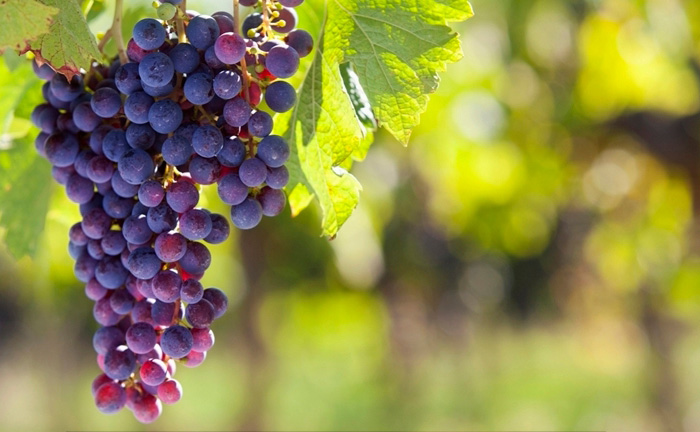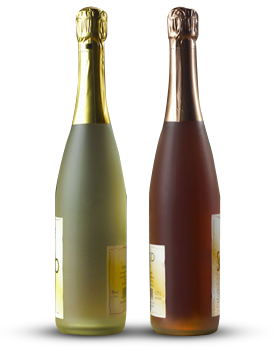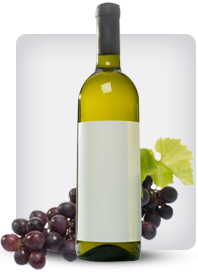

Tag: Bold
How to Decant Syrah Properly: Unlocking a Bold Red’s True Potential
Posted onSyrah (also known as Shiraz) is a wine of power, complexity, and profound character. From the peppery, smoky notes of the Northern Rhône to the rich, jammy profiles of Australia and California, this bold red often benefits immensely from a crucial pre-service ritual: decanting. Done correctly, decanting can transform a good bottle of Syrah into an extraordinary one by softening its tannic structure and unleashing its full aromatic bouquet. This guide will walk you through the art and science of decanting Syrah to ensure you experience the wine at its absolute best.
Why Decant Syrah?
Decanting serves two primary purposes for a wine like Syrah:
- Aeration (Breathing): Exposure to oxygen helps to soften the often robust and grippy tannins inherent in Syrah, making the wine feel smoother and more approachable on the palate. Simultaneously, aeration coaxes out the complex secondary and tertiary aromas—unlocking notes of dark fruit, violet, black pepper, leather, and earth that may have been dormant in the bottle.
- Separation (Sediment): Older Syrahs, particularly those aged for eight years or more, often throw sediment—harmless tartrate crystals and phenolic compounds that can taste bitter and gritty. Decanting allows you to separate this sediment from the clear wine, ensuring a pristine drinking experience.
What You’ll Need
- A decanter (any clean vessel with a wide base to maximize surface area will work)
- The bottle of Syrah
- A light source (a candle or a bright flashlight)
- A steady hand
The Step-by-Step Decanting Process
Step 1: Stand the Bottle Upright
If you are decanting an older Syrah (8+ years) for sediment, stand the bottle upright for 24-48 hours before opening. This allows the sediment to settle at the bottom. For younger, robust Syrahs meant primarily for aeration, this step is less critical, and you can proceed immediately.
Step 2: Open and Smell
Open the bottle carefully. Pour a small taste into a glass to assess the wine’s initial state. This gives you a baseline for how the decanting process changes the wine.
Step 3: The Pour
Hold the decanter in one hand and the bottle in the other. Position your light source behind the neck of the bottle. Pour the wine into the decanter in a single, steady, moderate stream. Watch the wine as it flows through the neck of the bottle.
Step 4: Watch for Sediment
As you near the bottom of the bottle, look through the neck at the light source. The second you see the first traces of dark, grainy sediment approaching the shoulder, stop pouring immediately. The goal is to leave the sediment (about an ounce of wine) behind in the bottle.
Step 5: Let it Breathe
Once decanted, let the wine sit. The duration depends on the wine’s profile:
- Young, Tannic Syrah (under 5 years): Can benefit from 1 to 2 hours of decanting. These powerful wines need significant time for their tannins to unwind.
- Mature Syrah (5-12 years): Typically requires 30 minutes to 1 hour. The goal is to open up the aromas without causing the more delicate flavors to fade.
- Very Old Syrah (12+ years): Decant for a very short time—only 15 to 30 minutes, or simply double-decant (pour into a decanter and immediately back into the bottle). These wines are fragile and can “fade” quickly with too much oxygen.
Final Tips for Success
- Don’t Over-Decant: It is possible to give a wine too much air, causing its fruit flavors to oxidize and flatten. When in doubt, taste the wine every 20-30 minutes to monitor its evolution.
- Temperature Matters: Serve your decanted Syrah at a cool room temperature, around 60-65°F (15-18°C). Serving it too warm will accentuate alcohol, while too cold will mute its flavors.
- Trust Your Palate: The recommended decanting times are guidelines. The ultimate judge is your own taste. The process is complete when the wine tastes smooth, aromatic, and harmonious to you.
By taking the time to decant your Syrah properly, you are not just serving a drink—you are curating an experience. You are honoring the winemaker’s craft and allowing the wine to tell its complete story, one sublime sip at a time.
popular posts
-

The world of wine is vast and can be intimidating. For enthusiasts and novices alike, wine subscription boxes have emerged as a premier way to explore new regions, varietals, and boutique wineries from the comfort of home. As we look ahead to 2025, the market is more sophisticated than ever, offering curated experiences tailored to every palate and budget. We’ve uncorked the top contenders to bring you the best wine subscription boxes of 2025. 1. Winc: The Personalized Pioneer
11-22 2025Winc remains a leader in the personalized subscription space. Their model starts with a detailed palate profile quiz, ensuring your first box is tailored Read More
-

How to Pair Syrah with Lamb: A Culinary Guide
11-18 2025The union of a robust Syrah and a perfectly cooked cut of lamb is one of the great partnerships in the culinary world. When Read More

